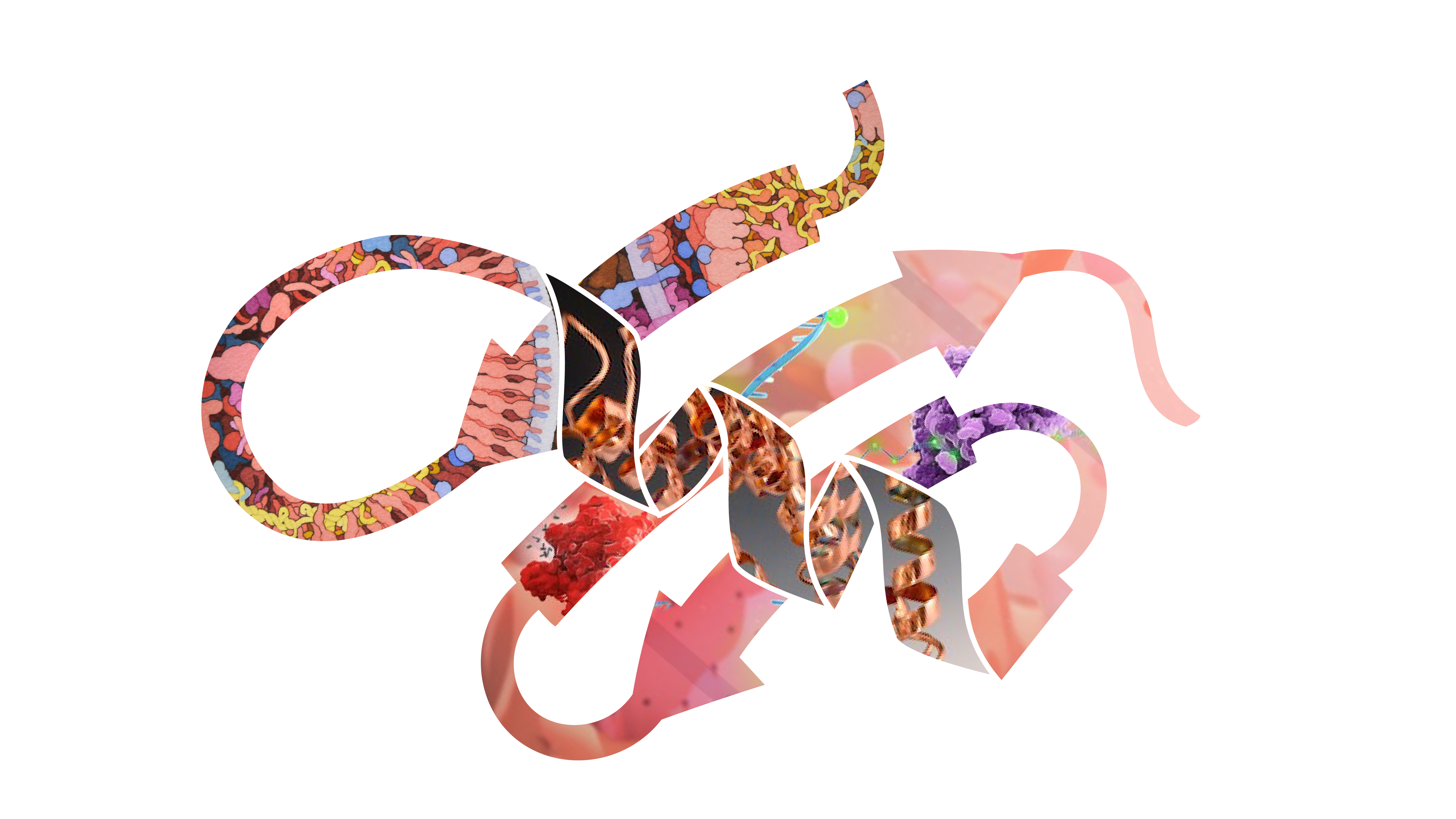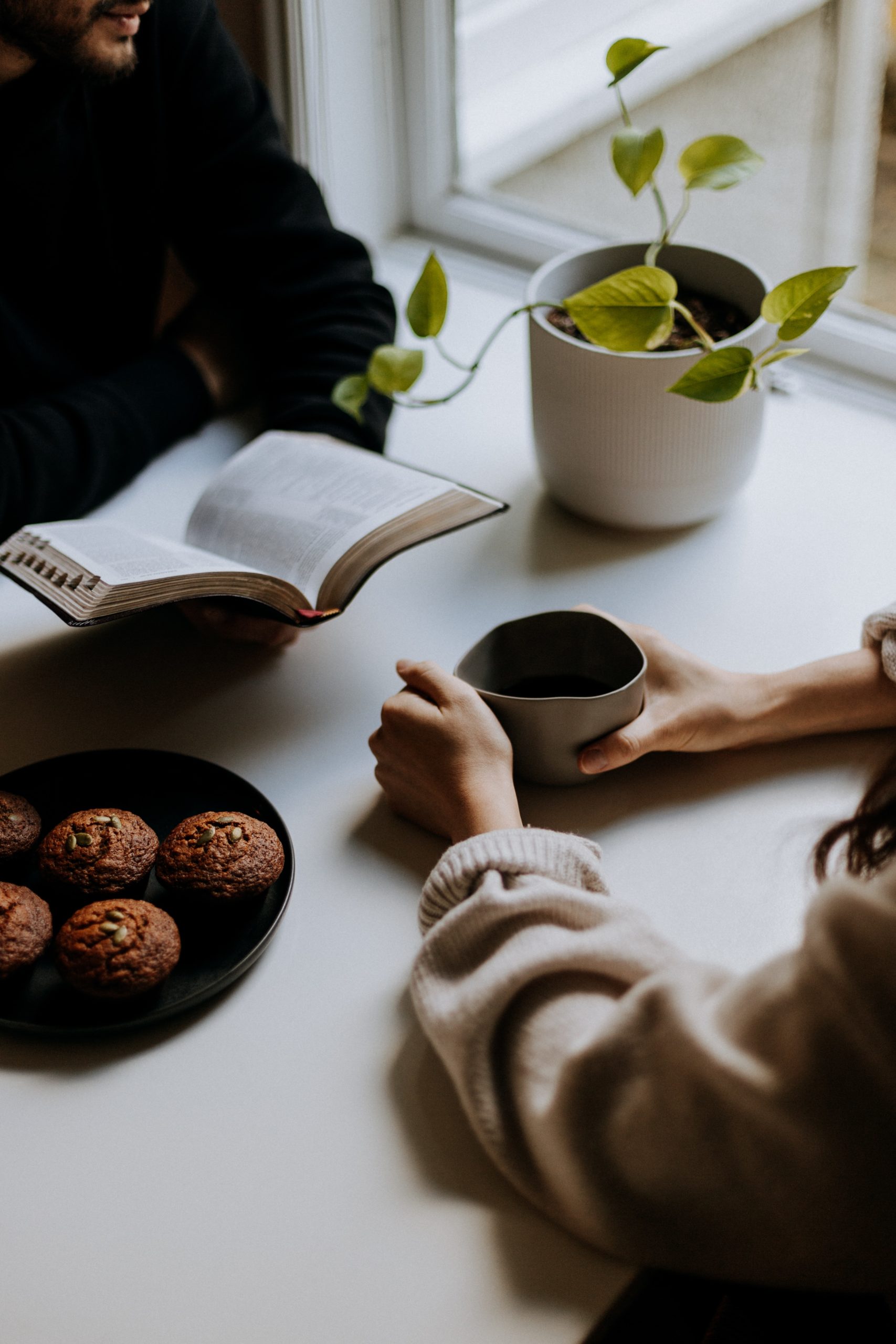At the end of our SciComm courses, we have activities to help readers practice or further explore the course topics. In “How Art Can Improve Your Science,” the end-of-course activity asks readers to begin their own SciArt inspiration adventure by collecting examples of inspiring SciArt. With the examples, readers are encouraged to create a collage. In this blog post, Verna Van shares a collage and tells us more about it.
About Verna Van:
I’m a biochemistry Ph.D. candidate at the University of Maryland, Baltimore County, set to defend sometime next fall. I currently research a protein called arginyltransferase, which is an essential enzyme that regulates a variety of different processes in the cell and has effects on cancer metastasis and neurodegeneration. I’m a structural biologist by training, meaning I am most interested in the structure of proteins and how that directs their function. I am also an artist. Most of my experience with graphic design has been through designing T-shirts and advertisements for various groups at my undergraduate organization.

Verna Van’s collage for the end-of-course activity in “How Art Can Improve Your Science.”
Motivation for this activity:
I created this collage one afternoon when I had been questioning my career choices, unsure that I could really get where I want to go. To take my mind off the anxiety, I decided to work on the only thing my mind was able to focus on at the time: this one simple assignment to find three examples of sciart that inspired me, and to make a collage out of them. The outline is a small protein structural motif that I had made some months ago for a figure on protein modifications that I repurposed for this piece.
What this collage/ piece means to me:
At its core, this piece is a product of my hesitation about my abilities as a scientific illustrator, but also represents what I love about sciart and what I hope to be able to accomplish someday. Everyone in the field that I have reached out to so far for informational interviews have been so kind, and I am grateful for their guidance.

The art that inspired Verna Van’s collage for the end-of-course activity in “How Art Can Improve Your Science.”
Why did I choose the images:
Veronica Falconieri Hays:
I first found out about Veronica’s work through an article she wrote on the tools she used to illustrate a SARS-CoV-2 virus, a feat that can only occur through science illustration, as there are currently no experimental technologies to be able to visualize a particle as large as a virus at such high resolutions. Looking through her portfolio, I was really inspired by the work that she does: visualizing the proteins I was studying in my day-to-day research, but in the context of the rest of the cellular landscape. Context is extremely important to me: we as scientists study individual biomolecules and isolated reactions, but it’s essential to think about how the environment of the proteins might affect their reactions, as our bodies are the landscape to thousands of biochemical reactions each day. Aside from her artwork, Veronica has also been such a generous mentor to me, suggesting resources and connecting me with others in the field that I might learn from.
David Goodsell
I wanted to choose a piece from a more “traditional” art medium and had to include David Goodsell’s watercolors because of his huge body of work and his vast influence on the field. As a structural biologist, I was actually exposed to his art on the Protein Databank (PDB) long before I ever knew who he was – every time you click on that homepage, his Molecule of the Month is featured right there. I learned of his work from a graduate student that I met at a G.O.A.L.S. workshop where I mapped out how I could become a science illustrator. Her enthusiasm and resources that day really encouraged me that this was possible and helped me to see the possibilities.
This piece in particular shows HIV maturation, which is particularly close to my heart as it was the focus of the first lab I ever worked in, where I fell in love with research.
Mike Tyka
I discovered Mike Tyka’s beautiful copper sculptures through this assignment, by searching for sciart related to proteins. I was looking for something different from the other two styles that I had already chosen for this collage, and his striking pieces easily caught my eye. The concept of building a large 3D sculpture of a 3D representation of a tiny submicroscopic protein is just so cool to me, and really inspires me to think about novel ways to visualize protein structure.





